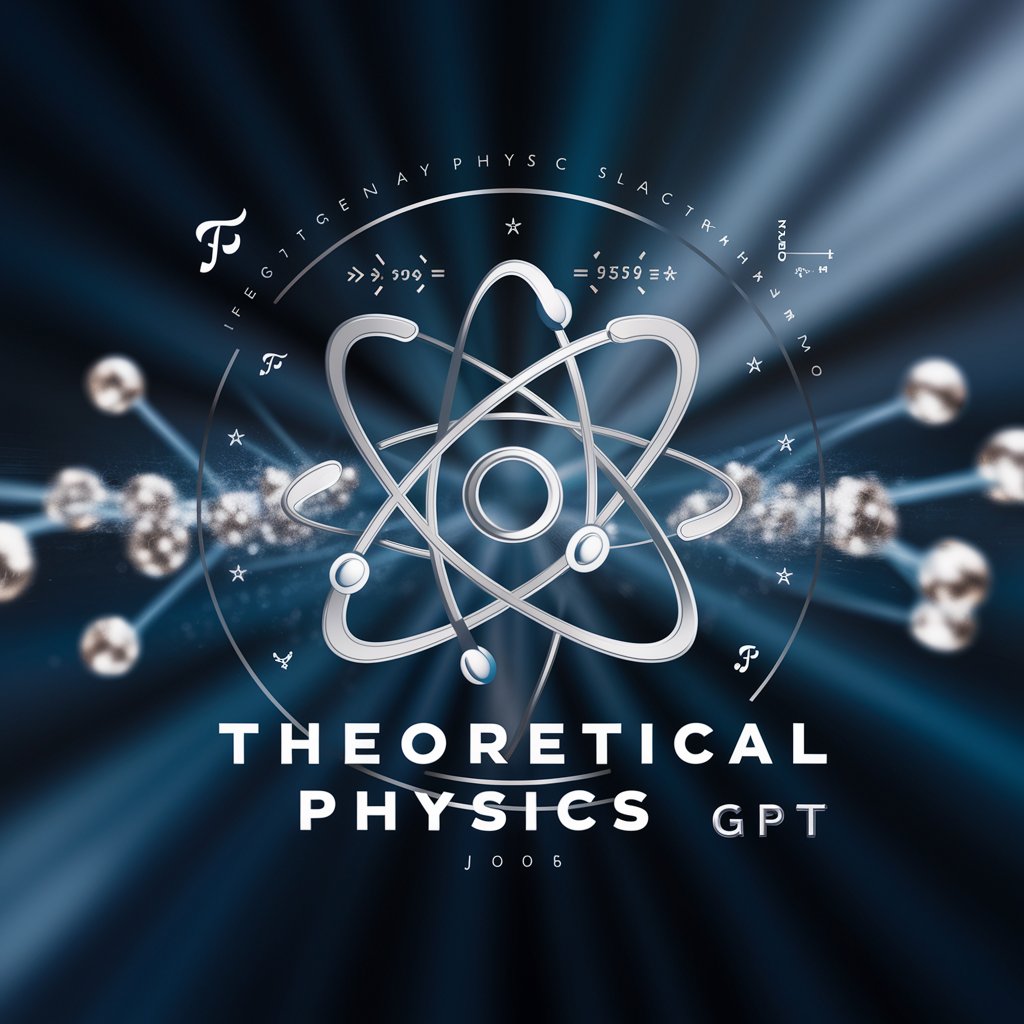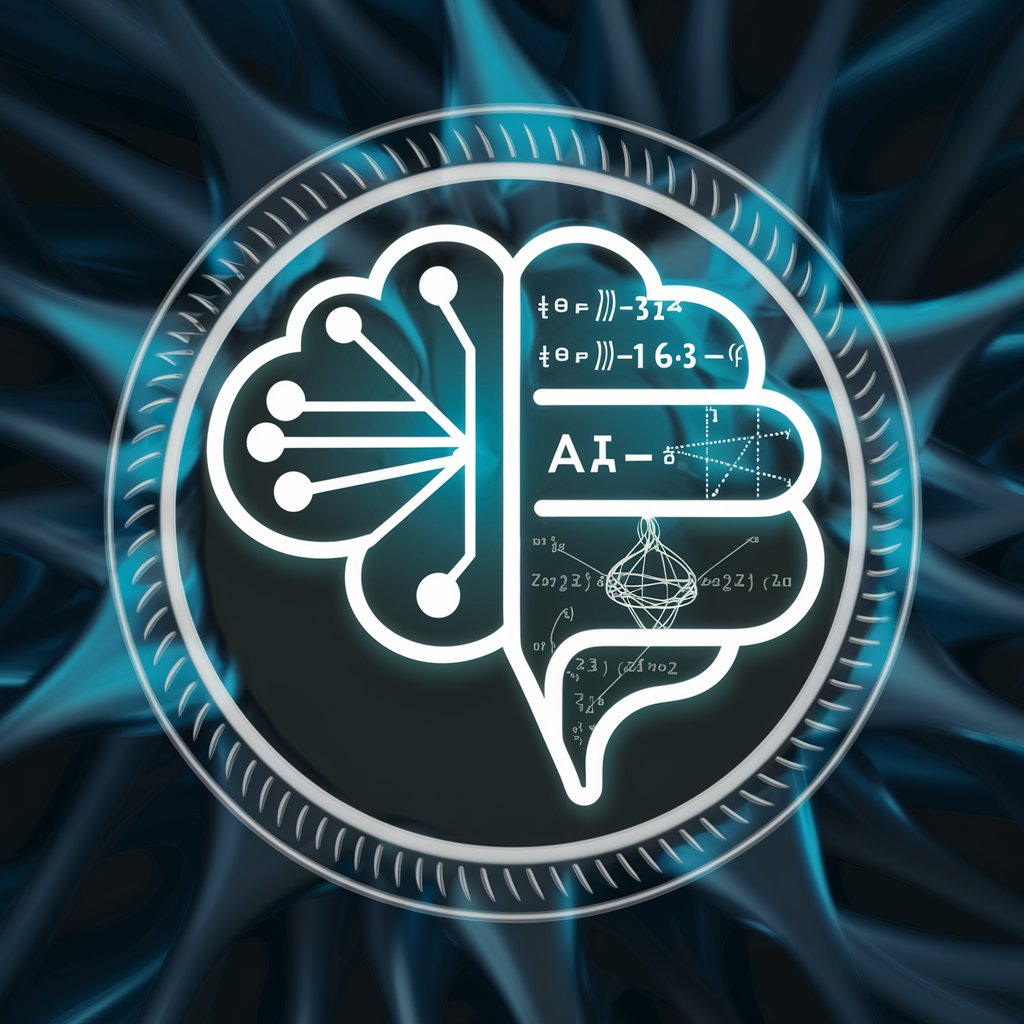Algorithms - Algorithm Solutions and Insights

Hello! Ready to delve into the theoretical aspects of algorithms?
AI-powered tool for algorithm analysis
Explain the theory behind this algorithm.
What's the theoretical background of this topic?
Help me understand this complex concept.
Theoretical explanation of a concept from Dasgupta's book.
Get Embed Code
Introduction to Algorithms
Algorithms are step-by-step procedures or formulas designed to solve specific problems or perform computations. They form the foundation of computer science, providing systematic approaches for data processing, automated reasoning, and other computational tasks. The design of an algorithm involves structuring a sequence of actions that can be applied to input data to generate a desired output efficiently. The primary purpose of algorithms is to enhance problem-solving capabilities, offering precise, logical methods to approach complex tasks. For example, sorting algorithms like Merge Sort or Quick Sort efficiently organize data sets, while search algorithms like Binary Search rapidly locate elements within sorted arrays. Powered by ChatGPT-4o。

Main Functions of Algorithms
Sorting
Example
Merge Sort, Quick Sort
Scenario
Sorting is essential in database management, where arranging records by date or name speeds up data retrieval and processing. For instance, Merge Sort can handle large data sets by breaking them into smaller subarrays and recursively sorting them, ensuring stability and efficiency with a time complexity of O(n log n).
Searching
Example
Binary Search
Scenario
Binary Search efficiently finds elements in a sorted array by repeatedly dividing the search interval in half. It is widely used in applications like library catalog systems, where fast retrieval of data records is crucial. The search time is logarithmic, O(log n), which makes it extremely efficient for large data sets.
Optimization
Example
Dijkstra's Algorithm
Scenario
Optimization algorithms solve problems that involve finding the best solution from all feasible solutions. Dijkstra's algorithm, for example, is used in GPS navigation systems to find the shortest path between two points in a graph, with a time complexity of O(E + V log V), where E is the number of edges and V the number of vertices.
Dynamic Programming
Example
Knapsack Problem
Scenario
Dynamic programming solves problems by breaking them into smaller subproblems, storing the results of already solved subproblems to avoid redundant calculations. In resource allocation problems like the Knapsack Problem, dynamic programming finds the most valuable combination of items to include in a knapsack without exceeding a weight limit.
Graph Algorithms
Example
Depth-First Search (DFS)
Scenario
Graph traversal algorithms like DFS explore nodes and edges in a graph, making them vital in network topology analysis, like checking connectivity in social networks or finding cycles in dependency graphs.
Ideal Users of Algorithms
Computer Scientists and Programmers
Algorithms form the backbone of programming and computational theory. Computer scientists and software engineers use algorithms to design efficient, reliable, and scalable software systems. They are essential in building applications like search engines, operating systems, and data compression tools.
Data Analysts and Researchers
Data analysts rely on algorithms to handle vast datasets, enabling them to extract meaningful insights efficiently. Algorithms for sorting, searching, and optimization play a crucial role in big data analysis, where the focus is on processing data in a timely and computationally feasible manner.
Academics and Students
For students studying computer science, algorithms are a fundamental part of the curriculum. Understanding algorithm design, complexity analysis, and optimization techniques is critical for problem-solving in academic contexts, preparing students for research or industry roles.
Engineers in AI and Machine Learning
Machine learning engineers use algorithms for training models, feature selection, and optimization. Algorithms like Gradient Descent are integral in minimizing error functions in neural networks, helping improve AI models' accuracy and efficiency.

How to Use Algorithms
Visit yeschat.ai for a free trial without login, also no need for ChatGPT Plus.
This is the first step to access the tool. No login or payment is required to start.
Explore key functions.
You can use Algorithms for a variety of purposes, such as solving mathematical problems, analyzing data structures, and studying algorithm complexity.
Utilize the document-based problem-solving feature.
Upload academic or project files to get detailed analysis, step-by-step solutions, and comprehensive explanations of algorithms.
Get tailored recommendations.
Algorithms also provides guidance based on user inputs, making it easier to understand complex concepts by customizing advice to your needs.
Review optimization tips.
Take advantage of tips like 'focus on specific areas of algorithms' to improve your experience and maximize results.
Try other advanced and practical GPTs
Theoretical Space Physics Developer
Explore the cosmos with AI-powered modeling

Theoretical Physics
Explore Physics with AI Power

Theoretical Physics Idea Generator
Igniting creativity in physics research

Quantum Theoretical Model Builder
Exploring Quantum Realities with AI

theoretical physics Research Paper Analysis
Empowering Physics Research with AI

Pro Wrestling RPG
AI-powered pro wrestling storytelling.

Strategic Procurement and Vendor Relations Manager
Optimize Procurement with AI Power

Henrietta Cluckington
Pecking through poultry wisdom AI-powered

VideoMakerAI
Create personalized films with AI-powered precision.

Idioms Interpreter
Unlock the secrets of idioms with AI

Idiom Interpreter
Demystifying Idioms with AI

American Idioms Teacher
Master American idioms with AI!

FAQs About Algorithms
How does Algorithms analyze asymptotic notation?
Algorithms comprehensively explains concepts such as Big-O, Big-Theta, and Big-Omega notations, using proofs, definitions, and examples from real-world scenarios and theoretical problems.
Can Algorithms assist with sorting algorithms?
Yes, Algorithms explains and compares different sorting algorithms like merge sort, quicksort, and insertion sort, including their time complexities and decision trees for comparison.
Does Algorithms support matrix multiplication problems?
Yes, it can guide you through matrix multiplication methods like the brute force method and Strassen’s algorithm, along with their computational complexities and examples.
How is Algorithms useful in academic settings?
Algorithms can break down complex topics from textbooks, help solve homework problems, and give you deeper insights into data structures, dynamic programming, graph theory, and NP-completeness.
Can Algorithms generate theoretical proofs?
Yes, Algorithms can walk you through proofs for key algorithmic concepts, such as the correctness and efficiency of sorting, recursion, and divide-and-conquer techniques.
